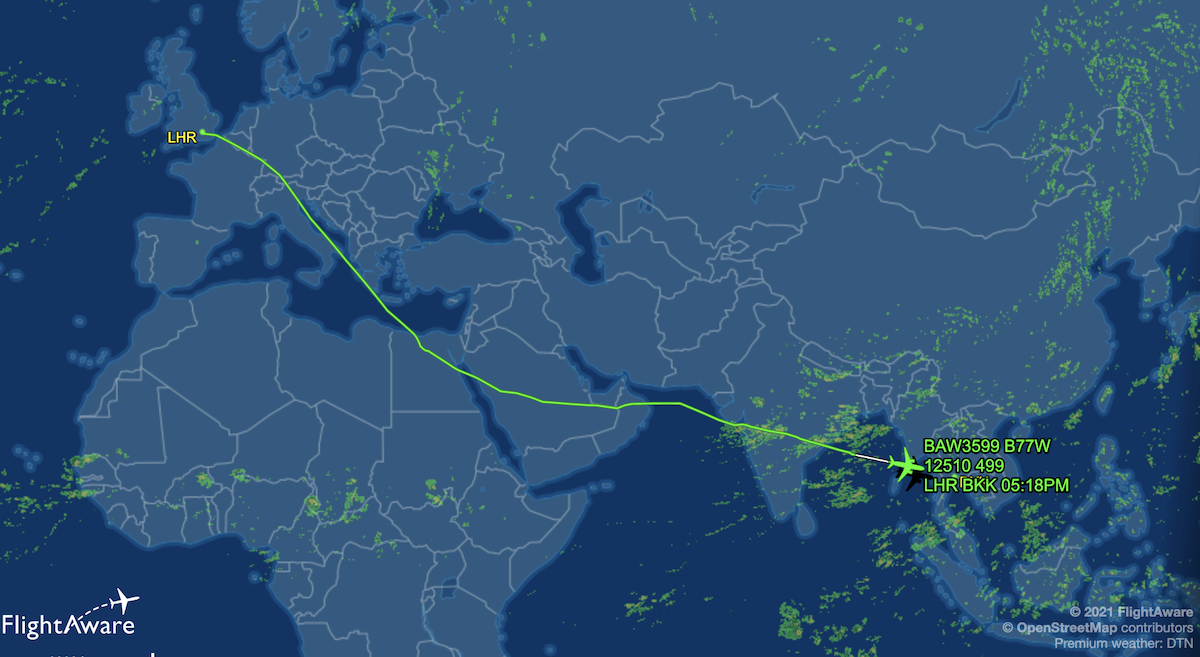Click Here to View This Page on Production Frontend
Click Here to Export Node Content
Click Here to View Printer-Friendly Version (Raw Backend)
Note: front-end display has links to styled print versions.
Content Node ID: 405153
Russia is ready to render “civil aviation services” on the evacuation of Afghan nationals fleeing the Taliban and seeking asylum elsewhere, Russian ministry of foreign affairs spokeswoman Mariya Zakharova said on Thursday. The offer follows intensive diplomatic efforts that involved telephone talks between Russian president Vladimir Putin and his counterparts in Tajikistan, Iran, Uzbekistan, France, and Italy.
“In the view of the worsening situation in the Kabul international airport and the inability of the Western powers to take their citizens and servicemen out—not to mention the Afghan nationals and their family members who served them over the past years—we are ready to help them out. To prevent worsening of the humanitarian situation in Afghanistan, we are ready to provide services of the Russian civil aviation sector to carry any number of the Afghan citizens, including women and children, from Kabul to any foreign country willing to accept and settle them,” Zakharova said during the ministry’s regular press briefing.
At the same time, Russia itself will accept only those Afghans who have a documented connection with Russian citizens or successfully applied for asylum beforehand. About 100 Russian citizens residing in Afghanistan have registered with the Russian embassy in Kabul, mostly ethnical Afghans educated at Soviet or Russian universities and who married Russians but chose to return to their country of origin. “The embassy’s consular service is now focused on these kinds of applicants,” Zakharova said. The Russian immigration authorities called on them to declare readiness to leave Afghanistan against a deadline of August 22.
“The new Afghan authorities have ensured the Russian side that they have no principal objections on inbound and outbound flights to be made by the Russian civil airplanes,” added Zakharova. “They have also promised to guarantee safety and security of the aircrews and the passengers."
Zakharova explained that the ministry previously used the services of local carrier Ariana Afghan Airlines. ”Since this option is no longer available, we plan to organize special charters, including for Russian citizens wishing to leave Afghanistan," she said.
The Taliban recently has refused a number of requests for landing at Kabul’s Hamid Karzai International Airport to various applicants, including Ukraine, which sent an Ilyushin Il-76MD military heavy-lifter to evacuate Ukrainian servicemen and civilians. Taliban gunmen positioned a number of anti-aircraft rapid-fire guns and shoulder-launched missiles around the airport fence to support the flight ban. Taliban authorities make exceptions on a case-by-case basis and have exempted the U.S. Air Force until August 30, although a possible extension could last for another 10 days in September.
A Turkish Airlines Boeing 777 appears to have been one of the few foreign airliners to operate in and out of Kabul this week. The aircraft returned to Istanbul, but the airline provided no details about the purpose of the August 16 flight.
On August 18, a Boeing 767 operated by Russian carrier UTAir arrived in Kabul from Moscow. According to state news agency TASS, the U.N.’s Assistance Mission in Afghanistan chartered the aircraft to conduct a routine rotation of its personnel.

In some cases, foreign airlines are sending airplanes to collect evacuees from Afghanistan from other locations, where they arrived via military aircraft. For instance, Lufthansa said that it collected around 130 people in an Airbus A340 from Uzbekistan’s capital Tashkent on August 18 as part of its support for a German government-organized air bridge that also operates out of Doha in Qatar.
More generally, the almost complete closure of Afghan airspace to civil traffic (on top of the existing closure of airspace over nearby Iran and Iraq) has forced airlines to take significant detours, and especially on flights between Europe and Asia. For example, British Airways flight 3599 from London to Bangkok has been flying further south than normal to head over the Indian Ocean via Saudi Arabia and Oman. The new route has added around two hours to the usual flight time, requiring the use of an estimated 15 additional tons of fuel.
ICAO this week activated its Coordinated Contingency Coordination Team that addresses emergency situations such as the one now surrounding air transport operations in and out of Afghanistan. IATA has joined the effort and begun working with its member airlines through its Global Tactical Operations Portal.
The industry group confirmed that military personnel runs all air traffic control services. It said that air traffic management agencies in nearby states have made arrangements to deal with additional traffic.